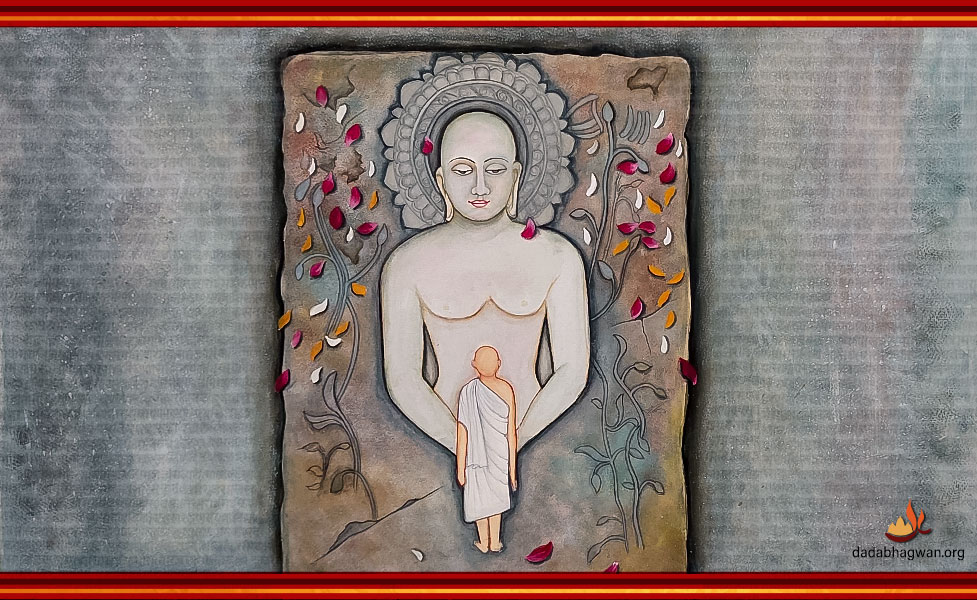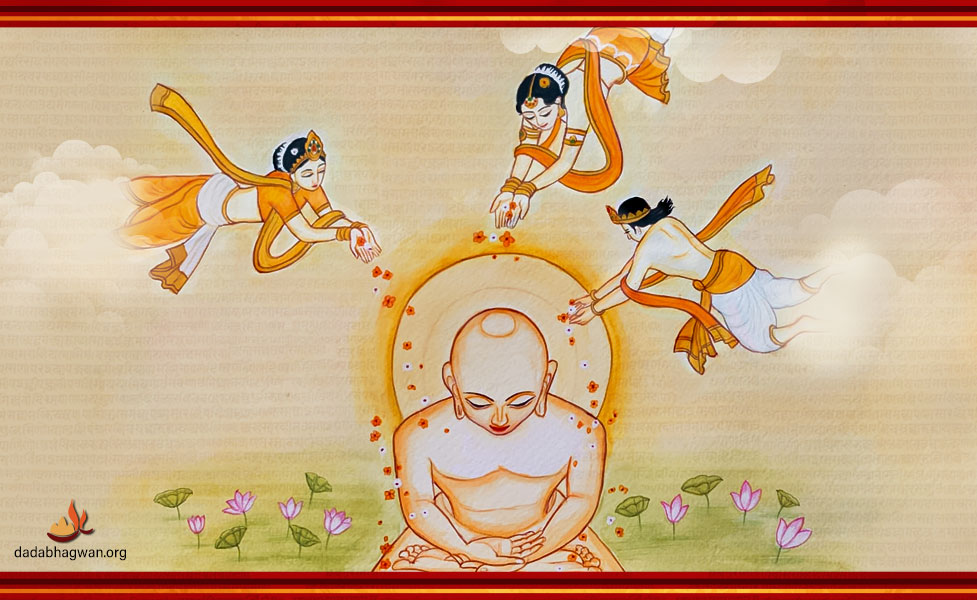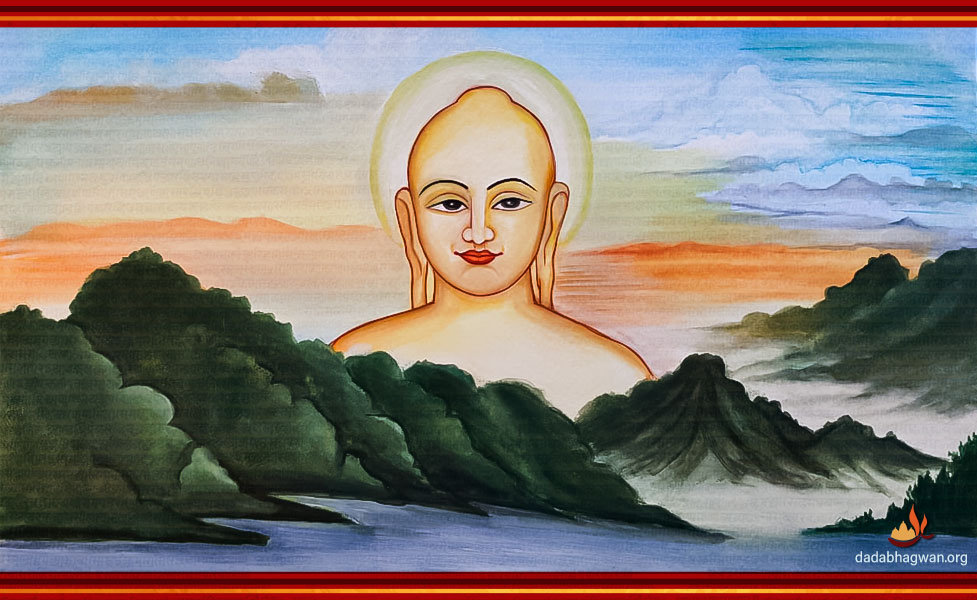Shree Suvidhinath Bhagwan: Life Stories of the Ninth Tirthankara
Shree Suvidhinath Bhagwan, who is also known as Pushpadant Bhagwan, was the ninth Tirthankar of the present time cycle. His complexion was fair.
Suvidhinath Bhagwan’s symbol is crocodile. Ajit Yaksh Dev and Sutara Yakshini Devi are His Shaasan Dev-Devi. Come, now let’s read the life story of the Lord and His previous two births.
Shree Suvidhinath Bhagwan – Previous Two Births
Shree Suvidhinath Bhagwan, in His antepenultimate birth, was King Mahapadma, ruling the city of Pundarikgiri, located in the Pushpakalavati Vijay region in the Purva Mahavideh Kshetra. He was a highly esteemed king, performing his duties religiously. King Mahapadma remained in constant awareness that not even a single moment of his gets wasted in spiritual indolence.
After some time, he felt that if progress on the spiritual path is what he wants, then it is necessary to renounce every worldly thing and he will have to be free from all external possessions. Thus, King Mahapadma took Diksha. On worshipping the Tirthankars with great devotion, practicing meditation, doing chanting and performing severe austerities, he bound the Tirthankar gotra.

On completion of lifespan in the Mahavideh Kshetra, his next birth was as a celestial being in the Vaijayant Vimaan heaven.
Shree Suvidhinath Bhagwan – Birth
From the Vaijayant Vimaan, Lord Suvidhinath took birth as a Tirthankar in the Bharat Kshetra’s Kaakandi Nagri (currently in Bihar) at King Sugriv and Queen Rama Devi’s place. Queen Rama Devi was extremely pious and religious. Because the teeth of Lord Suvidhinath were like a lotus flower, He was also called ‘Pushpadant’.
As the Lord grew young, He got married and was coronated. After ruling the kingdom for some years, the Lord took Diksha. After Diksha, in only four months, He attained Keval Gnan, Absolute Knowledge.
Deshna – Asrava Bhavna
After attaining Keval Gnan, Suvidhinath Bhagwan gave Deshna on Asrava bhavana.

What does Asrava (influx) of karma mean? When karmas get charged, that’s called ‘Asrava’; new karmas keep getting bound. Let us understand this through an example of a well. Generally, in summer, the water in the well gets empty. At that time, somewhere at the bottom, water gets accumulated (as it comes from within the Earth); that’s where ‘Asrava’ of water is said to have happened. This is how karmas also are being constantly bound inside at a subtle level.
Then, as that water is used, removed and emptied, that is called Nirjara. So, the karmas that have been charged at a subtle level in the past life get discharged in this life in the gross form and get empty. However, the water gets filled up again. Since the place where Asrava is happening (from where the groundwater comes inside the well) stays as it is, new water keeps coming into the well. Likewise, as the place where Asrava of karmas happen stays as it is, new karmas continue to bound.
When does the well become totally empty? It is when the place from where the Asrava happens is blocked or bunged, i.e., Samvar is done, then, no new water can enter inside the well, meaning no new karma can be bound. Bunging the source of Asrava is called ‘Samvar’. The act of bunging the karma is possible through Knowledge (Gnan). Through ignorance, karma get charged.
When Self-realization happens, binding of karma stops. One realizes, “I am only a Soul.”, and the previously charged karmas keep getting discharged naturally.
By listening to the Lord’s Deshna on the Asrava bhavana,many people experienced dispassion (vairagya) towards the worldly life and progressed further on the path of salvation.
Nirvana
Shree Suvidhinath Bhagwan had 88 Ganadhars (chief disciples of a Tirthankar). Upon completing His aayushya karma (lifespan), He attained Nirvana from the Samet Shikharji Mountain and went to Moksha.
Post Nirvana – Hunda-Avsarpini Kaal

After Lord Suvidhinath’s Nirvana, terrible time came, which is known as Hunda-Avsarpini Kaal. Due to the adverse effect of Hunda-Avsarpini Kaal, big trouble came on religion. In this period after Tirthankar Bhagwan’s Nirvana, the ascetic organization was disintegrated. There were no Sadhus left on the Earth. As no dharma gurus were left on the Earth, the Shravaks-Shravikas (devout followers) internally became Gurus of each other, and due to their wrong understanding, they guided people on the wrong path. Rather than going the right way, people adopted the wrong path by doing donations and penance for name and fame. The places of pilgrimage (Tirths) also became extinct. Sadhus became thugs and ruined religion. This situation, where unrighteousness pervaded, remained for a long time after Suvidhinath Bhagwan’s Nirvana, until the next Tirthankar was born.
subscribe your email for our latest news and events





